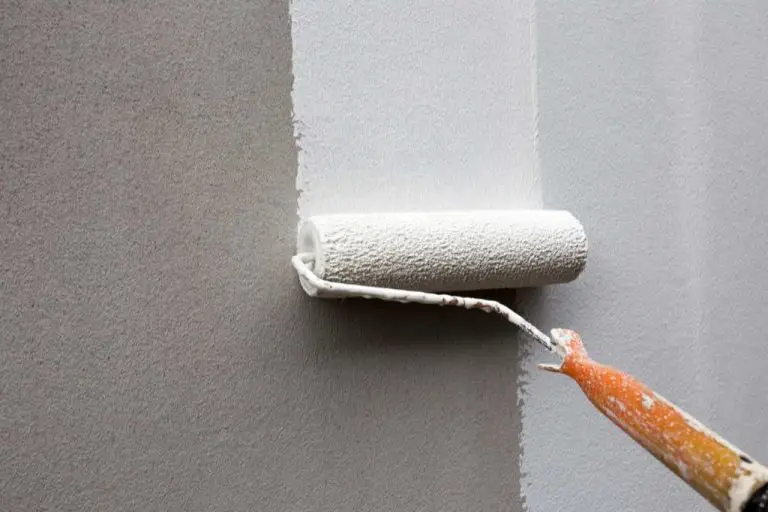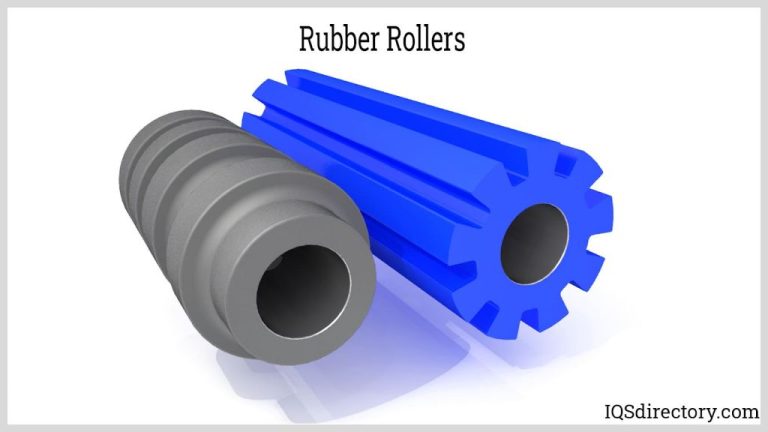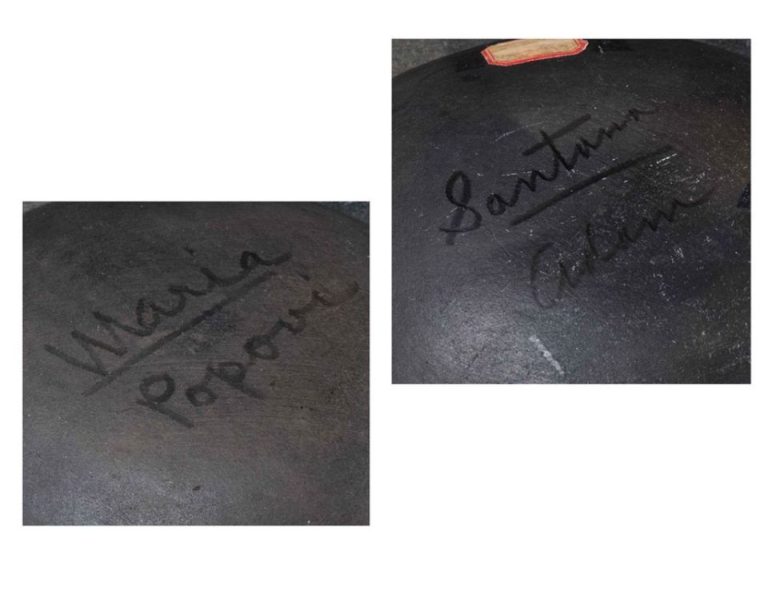Are All 5 Gallon Buckets Food Safe?
Foodborne illness is a major public health issue that affects millions of people each year. According to the CDC, there are 48 million cases of foodborne illness annually in the United States, resulting in 128,000 hospitalizations and 3,000 deaths (CDC). Worldwide, it is estimated that unsafe food causes 600 million cases of foodborne disease and 420,000 deaths each year (WHO).
One of the main ways food becomes contaminated is through improper food storage and handling practices. Using food grade containers, like buckets, helps prevent foodborne illness by protecting food from external contaminants and leakage. Food safe buckets are designed to be inert and impermeable, preventing the transfer of chemicals, odors, and bacteria into stored food. They are an important tool for safely storing and transporting food for both short-term and long-term use.
This article will provide a comprehensive overview of food safe buckets, including standards, testing, sourcing, cleaning, and safe usage practices. The goal is to inform readers on how to properly use food grade buckets to reduce the risk of foodborne illness from contaminated food.
Food Safe vs Regular Buckets
There is an important difference between food safe buckets and regular buckets. Food safe buckets are specifically designed for storing edible items, while regular buckets may leach chemicals into food over time.
Food safe buckets are constructed from high-density polyethylene plastic, commonly referred to as HDPE (#2 plastic). HDPE is considered food grade plastic that will not transfer dangerous chemicals into foods or liquids inside the bucket (1). It has high barrier properties to moisture, odor, and oxygen.
Regular buckets are often made from other plastics like polypropylene (#5 plastic) or low density polyethylene (#4 plastic). While these are durable plastics suitable for general storage, they have a higher risk of leaching chemicals into food over an extended period of time (2). The plastic also breaks down faster than HDPE.
For these reasons, it’s recommended to only use buckets marked as food grade or food safe for long term edible storage. The HDPE plastic provides an effective barrier that maintains food quality and safety.
(1) https://epackagesupply.com/blog/what-is-the-difference-between-food-grade-buckets-and-regular-buckets/
(2) https://epackagesupply.com/blog/how-do-you-know-if-buckets-are-food-grade/
FDA Standards for Food Contact Materials
The FDA (Food and Drug Administration) regulates food packaging materials through the Food Contact Substance program. For a material to be approved for food contact, it must comply with the FDA’s safety requirements outlined in the Food, Drug, and Cosmetic Act.
Specifically, the FDA evaluates the potential for a food contact material like plastic to allow chemicals to migrate into food. The FDA has established safety thresholds and testing procedures to ensure that any potential migration is well below levels that would pose a risk to public health.
Materials that comply with these rules can be marketed as FDA-compliant for food contact. This gives consumers confidence that plastic containers, wraps, utensils, and more are safe for food storage and handling.
One of the most common food grade plastics is high-density polyethylene (HDPE). HDPE meets the FDA standards for direct food contact when manufactured under GMP (good manufacturing practices) conditions. It has low risk of chemical migration and can safely be used for purposes like food storage containers.
Testing for Food Grade
One way to test if a bucket is made from food grade plastic is to do a float test. This involves taking a small piece of plastic from an inconspicuous part of the bucket and placing it in a saltwater solution. The solution should be made with 10% salt to water. A high density polyethylene or polypropylene plastic that is food grade will float. On the other hand, a plastic that sinks is likely not approved for food contact.
According to sources, this float test works because food grade plastics like HDPE and PP have a lower density than water. So when placed in the saltwater solution, they will float to indicate they are food safe plastics. The saltwater solution is used instead of plain water to better match the density. This provides a more accurate result when testing if a plastic is truly food grade.
While the float test is not foolproof, it does provide a quick way to gain some assurance about a bucket’s material when the proper labeling is not present. However, experts recommend also looking for the recycling symbols and product information to verify if a bucket is food grade.
Sources:
https://www.ho-plastics.co.uk/blog/how-can-i-tell-if-a-bucket-is-food-grade/
https://www.wikihow.com/Identify-Food-Grade-Buckets
Sourcing Food Grade Buckets
When sourcing food grade buckets for long term food storage, it’s important to buy new buckets specifically designed for food use or properly prepare and sanitize used buckets.
New food grade 5 gallon buckets can be purchased from hardware stores like Home Depot or online retailers like Amazon and Bucket Outlet. Look for FDA approved buckets made from HDPE #2 plastic and marked as food safe.
When reusing buckets, it’s critical to ensure no chemicals or other contaminants were previously stored in them. Clean thoroughly with hot soapy water, then sanitize with a bleach solution. Let air dry completely before use. Check for scratches or damage that could harbor bacteria. For optimal safety, dedicated food grade buckets are recommended.
Proper Cleaning and Sanitizing
Thoroughly cleaning and sanitizing used plastic buckets is crucial before storing food in them. Even food grade buckets can collect contaminants during manufacturing, transportation, and storage that need to be removed. Follow these steps for effective cleaning:
- Wash the bucket with hot, soapy water using a mild detergent. Scrub the inside and lid with a brush or scouring pad to remove dirt, oil, and residue.
- Rinse thoroughly with hot, clean water several times to remove all soap residue, which can affect the flavor of stored food.
- Sanitize the bucket by filling it with a sanitizing solution. Use 1 tablespoon of unscented chlorine bleach per gallon of warm water. Let it stand for 2 minutes, then drain.
- Allow the bucket to completely air dry upside down before use. Never store food in a damp container as moisture promotes mold growth.
For a deep clean, fill the bucket with a strong vinegar solution (1 part vinegar to 2 parts water) and let soak for several hours, then scrub and rinse. The acidic vinegar dissolves mineral deposits and kills bacteria.
Always check buckets carefully for scratches, cloudiness, or cracks that could harbor bacteria before reuse. When in doubt, get new food grade buckets for storing edibles.
Avoiding Contaminants
One of the biggest risks with non food-grade buckets is the potential for chemical contamination. Many regular plastic buckets are manufactured using toxic chemicals that can leach into food stored inside. According to Epackage Supply, regular buckets often use bisphenol A (BPA), phthalates, or toxic dyes in production. Traces of these chemicals can remain in the bucket and contaminate food stored inside.
Of particular concern are per- and polyfluoroalkyl substances (PFAS), a class of toxic forever chemicals found in many regular plastic products. A Consumer Reports study found PFAS in all takeout containers tested, posing a risk of liver damage, cancer, and immune suppression (source). Using food-grade buckets avoids this chemical contamination risk.
Experts also recommend designating buckets only for food, even if they are food-grade. Storing non-food items like chemicals or tools can introduce dangerous residues. Dedicated food buckets prevent cross-contamination.
Safe Usage and Handling
When using plastic buckets for food storage, it is important to follow food safety guidelines to prevent contamination and illness. Some tips for safe usage and handling include:
– Wash hands thoroughly with soap and water before and after handling food. According to the FDA, handwashing is one of the most effective ways to prevent foodborne illness (https://www.fda.gov/food/buy-store-serve-safe-food/safe-food-handling).
– Sanitize the bucket before first use and after each use. Use a food-safe sanitizing solution and follow the directions for proper concentration. Rinse thoroughly with clean water afterwards.
– Avoid cross-contamination by designating buckets and utensils for food use only. Do not reuse buckets that stored chemicals, paints, etc. Keep food storage separate from non-food items.
– Do not store raw meats with ready-to-eat foods. Pathogens from raw meats can contaminate other foods leading to illness. Store raw proteins on bottom shelves to prevent juices from dripping on other foods (https://www.fda.gov/food/buy-store-serve-safe-food/safe-food-handling).
– Keep food storage buckets in a cool, dry place away from sources of contamination. Avoid storing directly on concrete floors.
– Use clean and sanitized utensils when handling food in the buckets. Do not use bare hands.
– Keep the bucket properly sealed with an airtight lid to prevent pests, debris, chemicals, etc. from contaminating the food. Do not overfill.
Long Term Storage Considerations
When storing food in 5 gallon buckets for the long term, it is important to consider shelf life and monitor for any signs of spoilage. Properly stored foods can last for years, but the shelf life depends on the specific food. Grains like wheat and rice can last 25-30 years when stored with oxygen absorbers in food grade buckets. Dried beans, lentils and pasta may last 10-12 years. Foods with higher fat content like nuts may only last 1-2 years before going rancid.
To maximize shelf life, store buckets in a cool, dry, and dark location. Avoid temperature fluctuations which can introduce moisture. Check buckets periodically for any bulging lids, rust, mold growth or odors which may indicate spoilage. If any spoilage is detected, that food should be discarded. With optimal storage conditions and quality packaging, most foods can safely be stored 5+ years in food grade buckets before quality loss occurs.
For very long term storage extending 10-30 years, additional precautions must be taken. This includes using oxygen absorbers in every bucket, storing in freezer temperatures, and being diligent about monitoring conditions and doing sample checks. With such precautions, it is possible to safely store foods for decades in food grade buckets.
Conclusion
In summary, whether a standard 5-gallon bucket is food-safe depends primarily on its materials and prior contents. Buckets not labeled ‘food grade’ may leach chemicals into food, especially oily or acidic contents. Seeking HDPE or PP plastic buckets guaranteed as food grade provides assurance of regulatory standards. Proper cleaning and avoiding contact with harmful substances also keeps buckets safe for food use. With care in selecting, sanitizing, and using buckets, standard 5-gallon containers can securely store many foods for extended periods.
However, food grade buckets specifically designed for and labeled as fit for food storage remain the safest choice. Their materials meet FDA standards for minimal migration of chemicals into edibles. Dedicated food buckets also lack risk of containing traces of toxic prior contents. For crucial food safety and peace of mind, obtaining purpose-made food grade buckets is advisable.




